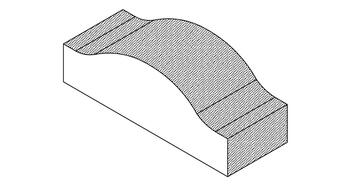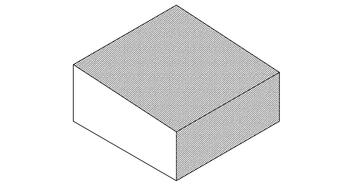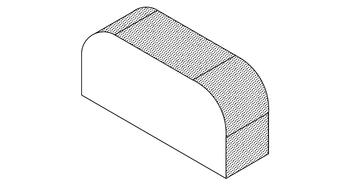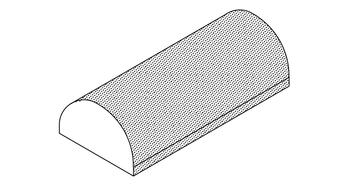Favorites
Architectural Shape Collaboration
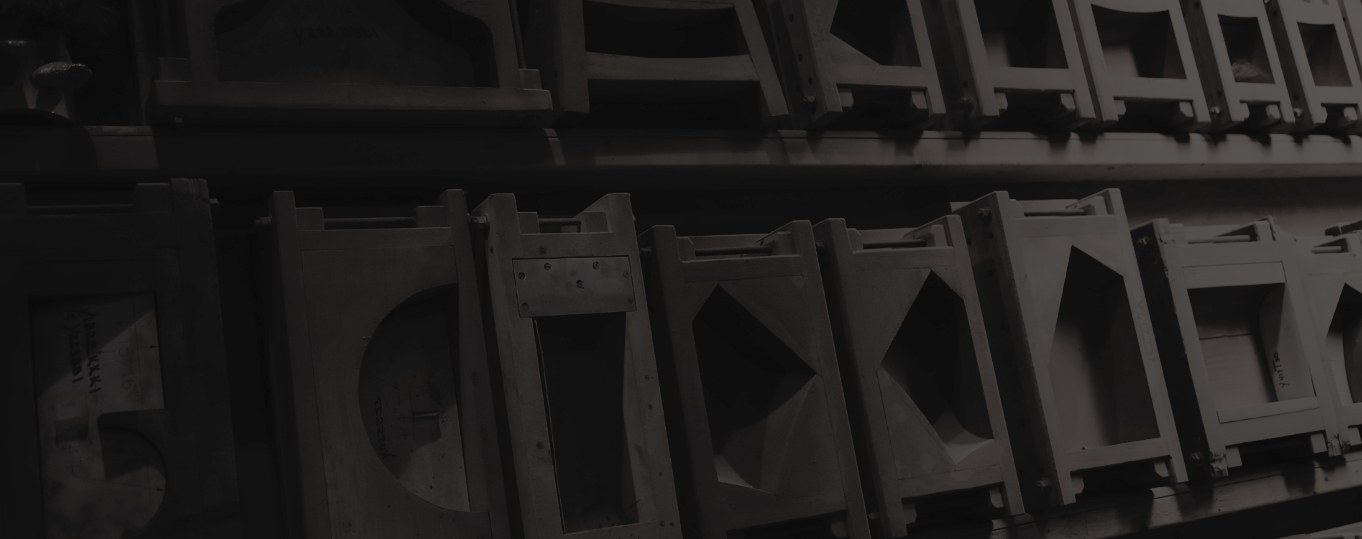
Architectural Shapes Collaboration
Congratulations to the winners!
Congratulations to the Winning Architects of our Inaugural Architect Shapes Collaboration Contest
This fall, these architects will bring their shapes to life at Glen-Gery's Mid-Atlantic Manufacturing Plant where they will hand mold their custom brick shapes.
Stay tuned for their journey into becoming brick artisans.
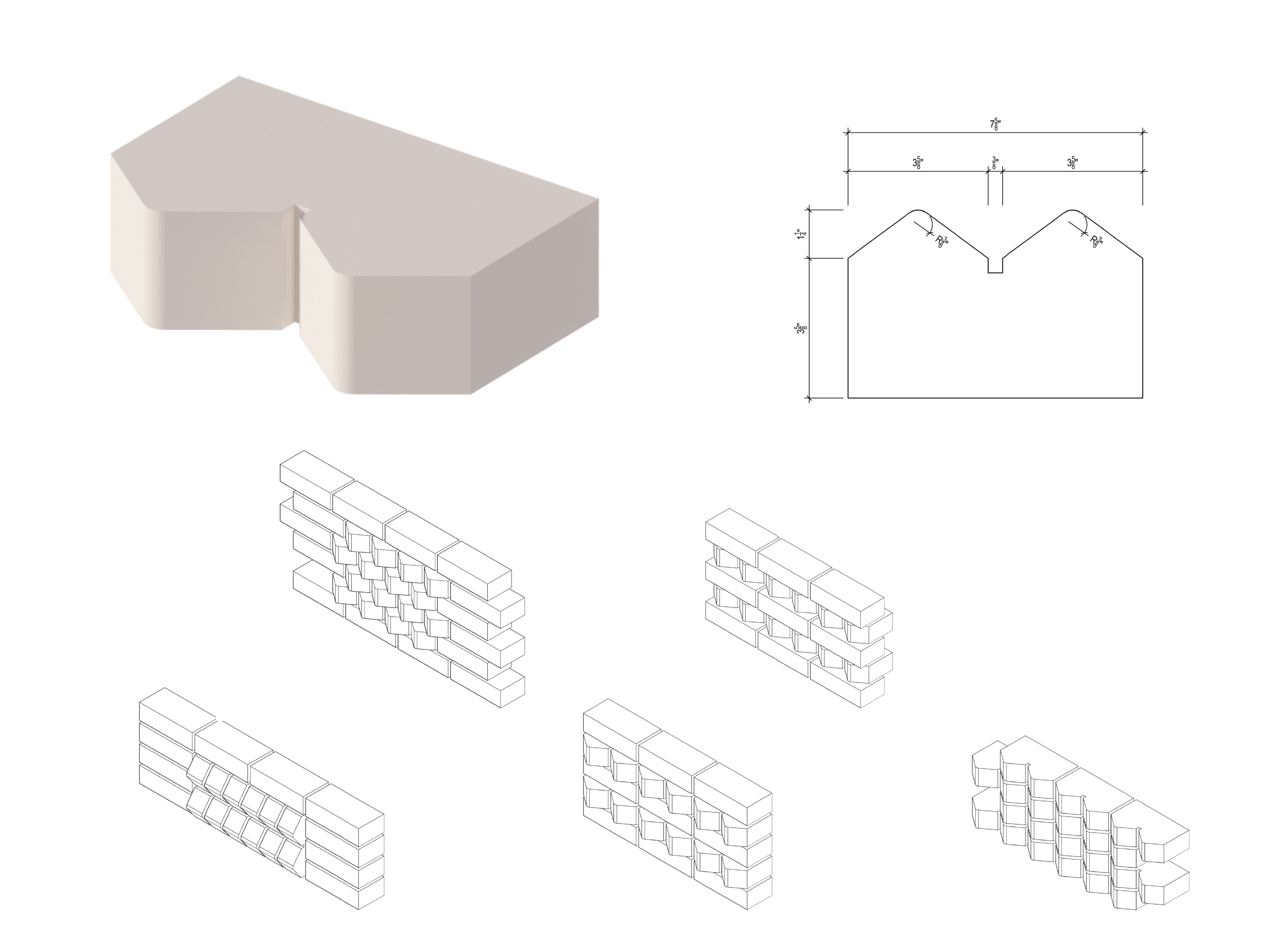
|
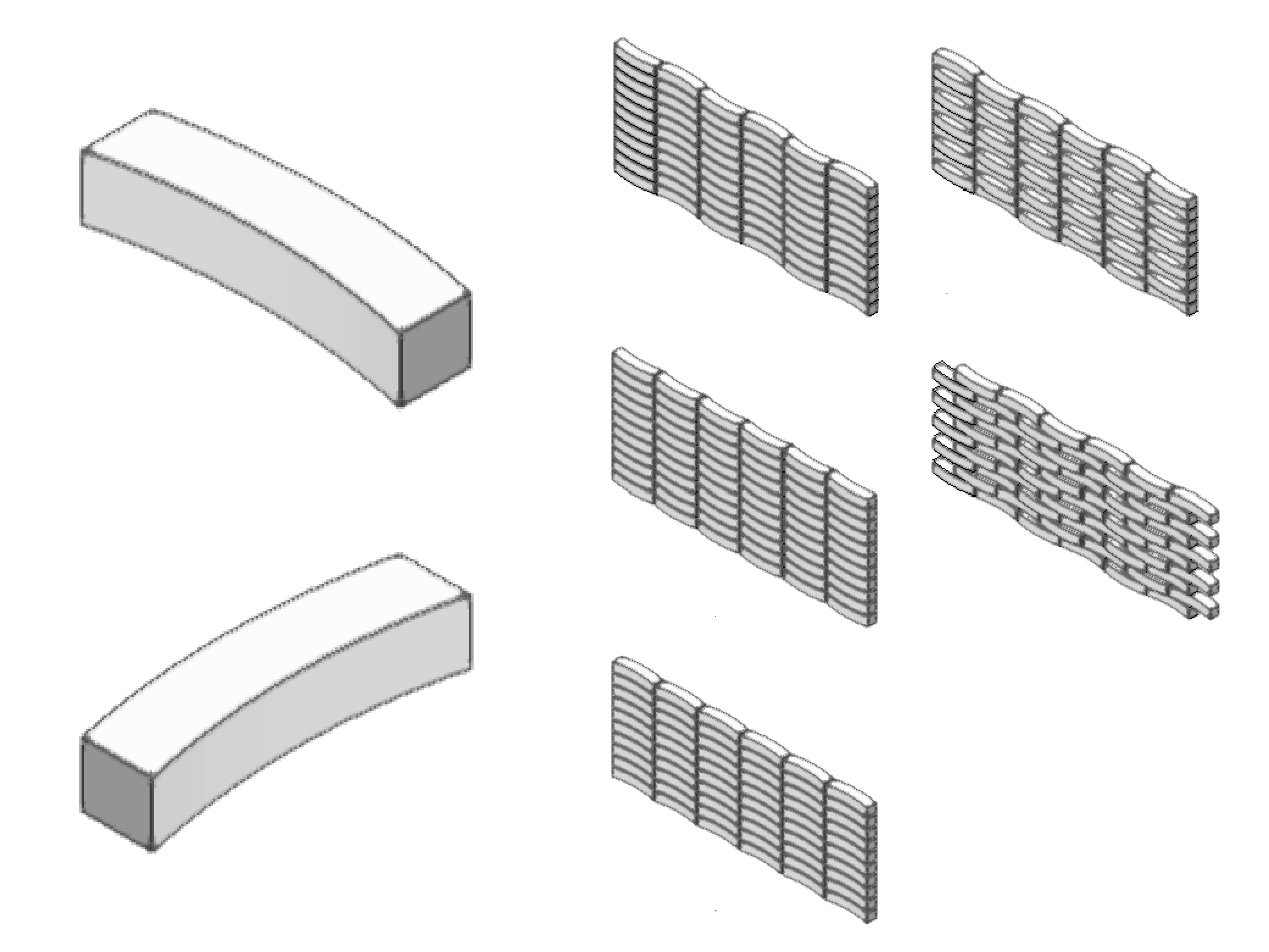
|
|
|---|---|---|
|
“Trigon Brick” // Brittany Macomber (MA Architects)
The Trigon Brick is a modern interpretation of classic brick details found on structural masonry walls. The dimension and depth of the brick provides versatility, allowing the brick to be expressed on its own, or integrated with modular bricks to create unique patterns. |
“Curve” // Edward Jose (Loci Architecture)
|
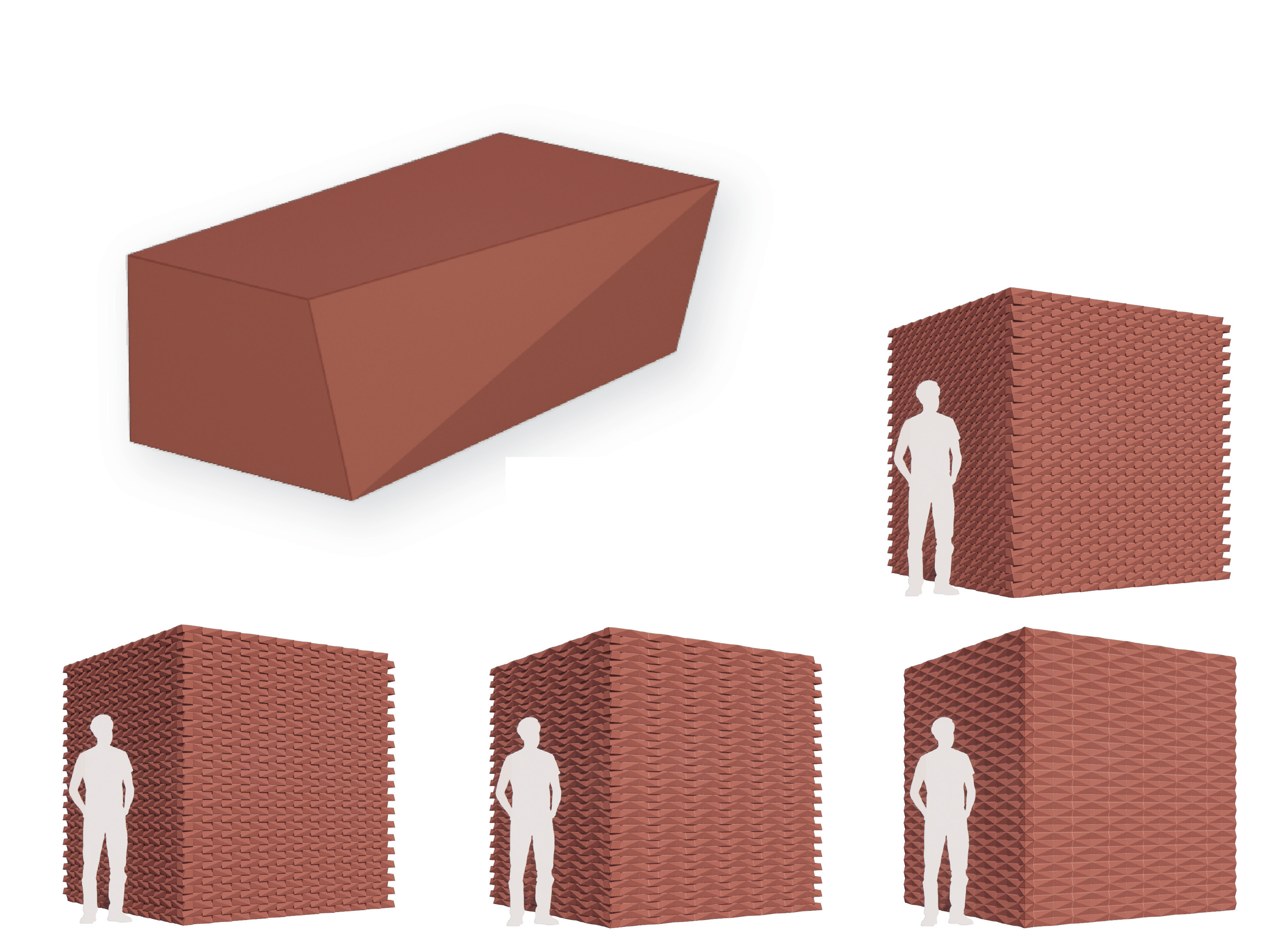
|
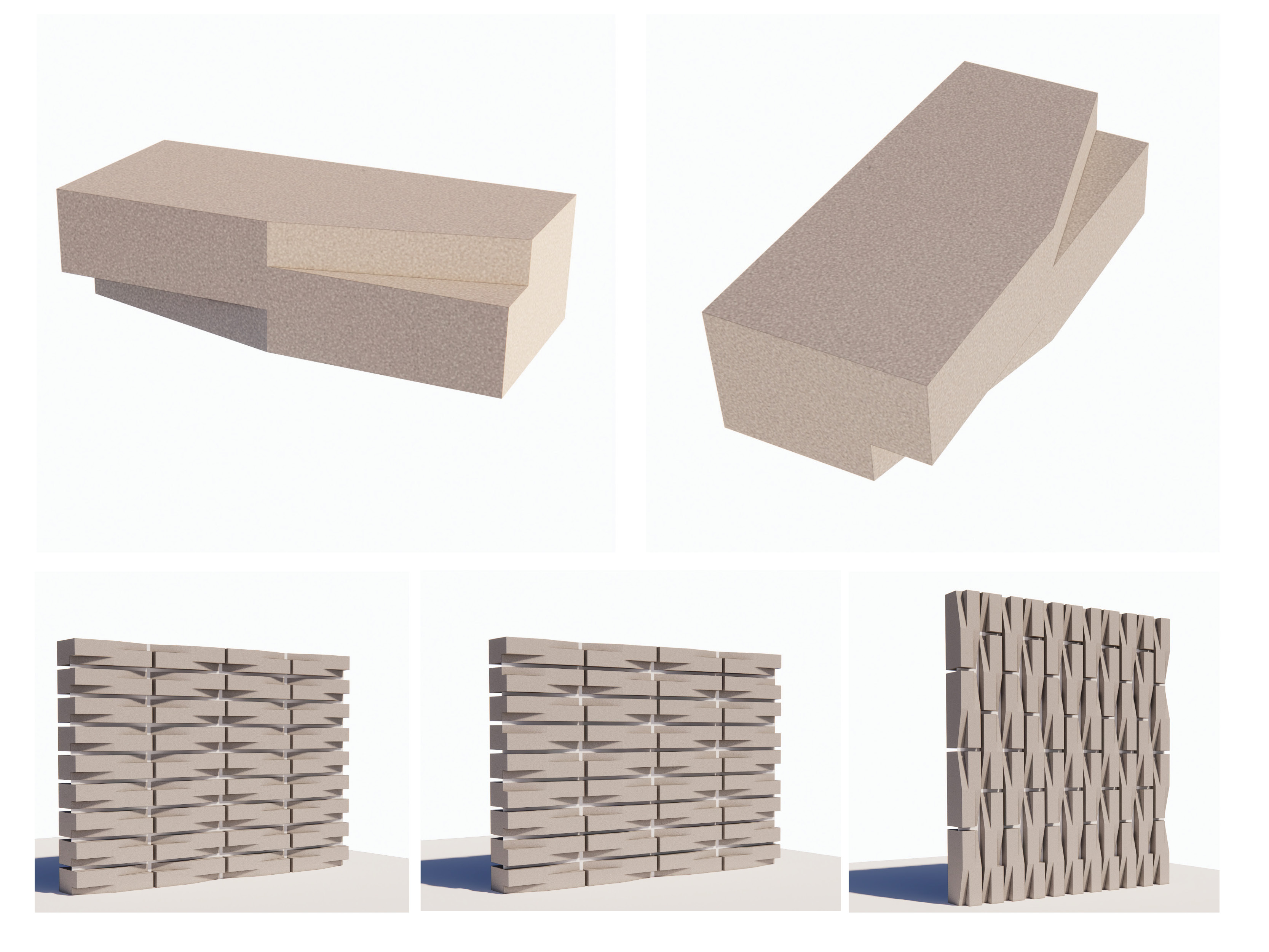
|
|
|
“Facet Brick” // Justin Bright (Gnome Architects)
|
“The Weaver” // Colin Rupp (Gnome Architects)
|
Terms and Conditions of Purchase

Terms and Conditions of Purchase
TERMS AND CONDITIONS OF PURCHASE
All purchase orders ("PO Agreement") issued by Glen-Gery Corporation and/or Brickworks Supply LLC (both individually or collectively referred to as "Buyer") are made expressly subject to these additional terms and conditions.
This PO Agreement is between the Buyer and the seller listed on the front of the PO Agreement ("Seller"). The PO Agreement constitutes Buyer's offer to Seller to supply the products ("Purchased Products") or services ("Purchased Services") and is a binding contract on the terms and conditions set forth herein when it is accepted by Seller or on commencement of performance hereunder. No condition stated by Seller in accepting or acknowledging this PO Agreement shall be binding upon Buyer if in conflict with, inconsistent with, or in addition to the terms and conditions contained herein unless accepted by Buyer's written approval. Any additional or different terms proposed by Seller are objected to and rejected unless expressly assented to in writing by Buyer. In the event there are conflicting terms and conditions between the PO Agreement and an additional valid agreement fully executed by both parties (the "Other Agreement"), the Other Agreement will prevail through the term of the Other Agreement.
No revisions to the PO Agreement shall be valid unless in writing and signed by an authorized representative of the Buyer.
1. ACCEPTANCE
By shipping or selling the Purchased Products or performing the Purchased Services specified in the PO Agreement, Seller accepts the PO Agreement and agrees to be bound by the terms and conditions provided herein.
2. TIMELY PERFORMANCE
Seller acknowledges and agrees that time is of the essence in the delivery of the goods or completion of the services within the time frame mutually agreed upon by Buyer and Seller, is vital to the interest of Buyer, and that failure to complete the services within such timeframe constitutes a breach of this PO Agreement.
3. CHANGES
Buyer reserves the right at any time prior to shipment to make a change as to: (1) specifications; (2) method of delivery; (3) place of delivery, (4) schedule of delivery and the (5) quantities of delivery.
4. CANCELLATION
Buyer reserves the right to cancel this PO Agreement, or any portion of thereof, without liability, if: (a) as time is of the essence in this PO agreement, delivery is not made when and as specified; (b) Seller fails to meet contract commitments as to exact time, price, quality or quantity; (c) Seller ceases to conduct its operation in the normal course of business; (d) Seller is unable to meet its obligations as they mature; (e) proceedings are instituted against Seller under the bankruptcy laws or any other laws relating to the relief of creditors; (f) a receiver is appointed or applied for by Seller; or (g) any assignment is made by Seller for the benefit of creditors. Buyer also reserves the right to cancel for any other reason permitted by the Uniform Commercial Code then in effect in the State of Delaware. In the event of a cancellation, Buyer shall have no further obligations to Seller except to pay for deliverables that were provided to Buyer prior to such termination and were accepted by Buyer. Upon termination, Seller shall provide any transition assistance that may be reasonably requested by Buyer.
5. PRICE TERMS
The Purchased Products or Purchased Services will be furnished at the price set forth in the PO Agreement. Seller warrants that the price for the Purchased Products or Purchased Services will be no less favorable than those currently extended to any other customer for the same or similar goods or services in similar quantities or circumstances.
6. DELIVERY
Seller shall deliver the goods or services to Buyer by appropriate conveyance no later than by the dates specified in the PO Agreement.
7. INSPECTION AND REJECTION
All goods are subject to final inspection and acceptance by Buyer at destination notwithstanding any payment. Such inspection will be made within a reasonable time after receipt of goods. Buyer shall notify Seller if any goods delivered hereunder are rejected, and at Buyer's election and Seller's risk and expense, such goods shall be held by Buyer or returned to Seller. No replacement or correction of nonconforming goods shall be made by Seller unless agreed to in writing by Buyer.
8. INVOICING
Invoices for PO Agreements will only be accepted by email to apinvoices@glengery.com. All Invoices shall include a purchase order number, or they will be rejected. Delays in receiving invoices, errors, or omissions on invoices or lack of supporting documentation required by the terms of this PO Agreement will be cause for postponing the start of the payment terms until the correct information is received. Buyer will not be responsible for charges on invoices received more than 120 days after the rendering of service is complete or shipment of the goods unless indicated otherwise in a written agreement between Buyer and Seller.
9. PAYMENT
In consideration of the performance of the completion of the obligations by Seller and acceptance by Buyer under the PO Agreement, Buyer will pay the applicable invoice amount. Payment terms are net 45 days from receipt of invoice unless indicated otherwise in a written agreement between Buyer and Seller.
10. DISPUTED CHARGES
Where any item or items on an invoice are disputed Buyer may withhold payment for the item or items so disputed until such time as the dispute is resolved.
11. SELLER’S REPRESENTATIONS AND WARRANTIES
Seller represents and warrants that: (a) Seller owns all rights, title and interest in the products and services and has legal authority to sell, license or otherwise transfer the right to use or sell such items to the buyer; (b) the product and service covered under the PO Agreement are of good and merchantable quality and free from defects in design, material and workmanship, are safe and conform to applicable specifications, drawings, samples, descriptions and associated documentation provided to the company in writing; (c) the product and services, and the production and sale thereof, and all warranties, guarantees, representations by Seller made or authorized to be made in connection therewith are in all respects in compliance with all applicable international, federal, state, local laws, rules and regulations; (d) the goods are fit for the use intended; (e) no Purchased Product and/or Purchased Service, or their sale or use will infringe any patents, trademarks, copyrights, trade secrets or similar intellectual property rights of any third party; (f) Seller will comply with all federal, state and locals laws, ordinances, rules and regulations applicable to its performance under this PO Agreement; and (g) Seller has not changed any compositions, formulations, or other constituents of the Purchased Products without written approval from Buyer.
12. COMPLIANCE WITH LAWS
Seller represents and warrants that no law, regulation or ordnance of the United States, or any state or governmental authority or agency has been violated in the manufacture, procurement, transporting or sale of any of the deliverables or services furnished, work performed, or service rendered pursuant to this PO Agreement.
13. INDEMNIFICATION
Seller shall assume entire responsibility for and shall defend, indemnify and hold Buyer, and its directors, officers, employees and agents (collectively, the "indemnities") harmless against all losses, liabilities, claims, costs and expenses arising directly or indirectly out of or in connection with the performance related to this PO Agreement arising from, but not limited to: Injury to any person in the employment of the Seller or any Seller subcontractors; Loss of or damage to the property of Seller, any subcontractor and any of their respective personnel whatsoever and howsoever arising, or by reason of any actual or alleged infringement of any United States patent, copyright or trade secret arising out of the services, products and/or deliverables supplied to Buyer by Seller. The provisions of this paragraph "Indemnification" shall survive the termination of the PO Agreement for whatever reason.
14. CONFIDENTIALITY
Seller acknowledges that it is, may be or will be privy to Confidential Information. Seller agrees it will use the Confidential Information only in the furtherance of its work under the PO Agreement and shall not transfer or otherwise disclose the Confidential Information to any third party except with written authorization from an officer of Buyer.
15. INSURANCE
Whenever Seller shall, by virtue hereof, have in its possession property of Buyer, Seller shall be deemed as insurer thereof and shall be responsible for its safe return to Buyer.
If Seller is to perform any services for Buyer on any premises owned or controlled by Buyer or elsewhere, Seller agrees to: (1) keep such premises and work free and clear of all mechanic's liens, and furnish to Buyer proper affidavits and/or waivers certifying thereto; (2) perform such services at Seller's sole risk prior to its written acceptance by Buyer, and replace at Seller's sole expense all property damaged or destroyed by Seller or its subcontractors; (3) carry workmen's compensation insurance at applicable State Statutory minimums covering all employees to be used by Seller or Seller's subcontractors in connection with such services and public liability insurance covering Seller's liability hereunder; and (4) prior to commencing the performance of any services hereunder, furnish to Buyer certificates of its insurance carrier showing that such workmen's compensation and liability and property damage insurance is in force.
All shipments shall be insured for full value of goods therein. This insurance shall include the full value of any materials furnished by Buyer whether or not these materials have been altered by Seller. Seller accepts full responsibility for financial reimbursement to Buyer for all materials, lost or damaged and not insured.
16. PUBLICITY
Seller shall not make or publish any notice, advertisement, press release, or other communication with respect to the PO Agreement, its contents, or the goods or services without Buyer's prior written consent. Seller shall not use Buyer's name or logo in any of its advertising, client list, or sales promotional material without Buyer's prior written consent.
17. EQUAL OPPORTUNITY
Seller will provide Services to Buyer. without discrimination on account of race, sex, color, religion, national origin, age, physical or mental disability, or veteran's status.
18. ARBITRATION / DISPUTE RESOLUTION
At the election of either party to this PO Agreement, any controversy or claim-legal or equitable arising out of or relating to this PO Agreement or any breach thereof, including but not limited to any claim or controversy based upon any express or implied warranty, shall be settled by arbitration in accordance with the Construction Industry Arbitration Rules of the American Arbitration Association, and judgement upon the award rendered by the arbitrator(s) may be entered in any court having jurisdiction thereof. The decision of the arbitrator(s) shall be final and binding upon the parties and may not be vacated, modified or appealed.
In the event Buyer employs counsel to enforce Buyer’s rights and interests under or relating to this PO Agreement, including but not limited to all efforts by counsel to specific performance due to Buyer through arbitration or litigation, Seller agrees to pay the reasonable attorney’s fees and costs incurred by Buyer.
19. ASSIGNMENT
No assignment of any rights, including rights to money due or to become due hereunder, or delegation of any duties under this order shall be binding upon Buyer until its written consent has been obtained.
20. HEADINGS
The headings contained in this PO Agreement are for convenience of reference only and are not intended to have any substantive significance in interpreting this PO Agreement.
21. FORCE MAJEURE
Both parties shall be relieved from any and all liability under or in connection with this PO Agreement to the extent that such liability arises from any failure to perform any of its obligations under or in connection with this PO Agreement has been caused or contributed to by a force majeure event or circumstance including acts of God, war, hostilities (whether war be declared or not), civil disturbance, government action, pandemic, strikes, lockouts, or labor disputes, computer virus, or any other event or circumstance or cause whatsoever beyond the reasonable control of the party.
22. SEVERABILITY / INDIVIDUAL PROVISIONS
If any term, condition, or provision of this PO Agreement is for any reason declared or found to be illegal, invalid, ineffective, inoperable, or otherwise unenforceable, it shall be severed and deemed to be deleted from this PO Agreement and the validity and enforceability of the remainder of this PO Agreement shall not be affected or impaired thereby the remaining terms shall remain in full force and effect.
23. WAIVER OF FAILURE TO ENFORCE A PROVISION
Failure by either party at any time to enforce any provision of this PO Agreement against the other shall not be construed as a waiver of such entitlement and shall not affect the validity of this PO Agreement or any part or parts hereof or the right of the relevant party to enforce any provision in accordance with its terms. The rights and/or remedies of either party may only be waived by formal written waiver which is signed by a duly authorized representative of the party waiving its rights and which makes express and unequivocal reference to the waiver being made.
24. LIMITATION OF LIABILITY
In no event shall any party to this PO Agreement be liable to any other party for any lost profits or special, exemplary, consequential, or punitive damages, even if informed of the possibility of such damages. Furthermore, neither party makes any representation or warranty to any other party regarding the effect that the PO Agreement may have upon the foreign, federal, state, or local tax liability of the other.
25. GOVERNING LAW
This PO Agreement and all matters between Buyer and Seller will be governed by the laws of the State of Delaware without regard to conflicts of law principles. The parties agree that any disputes hereunder shall be brought exclusively in Delaware.
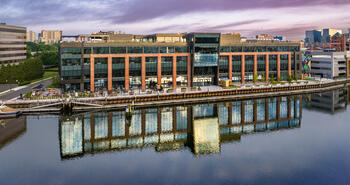
Olde London, Olde London Thin Brick
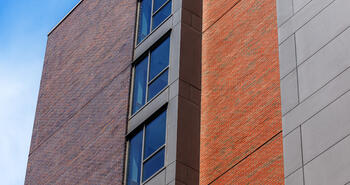
Smooth Flashed Red, Mountain Shadow Smooth
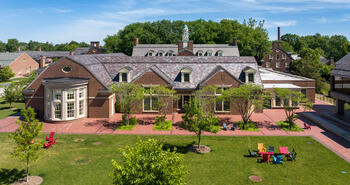
Shenandoah
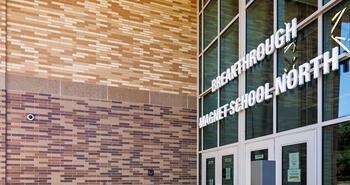
Tawny Beige Smooth, Golden Dawn Smooth, Burnt Almond Smooth, Smoky Quartz Smooth, Toledo Grey Smooth, Mink Grey Smooth
